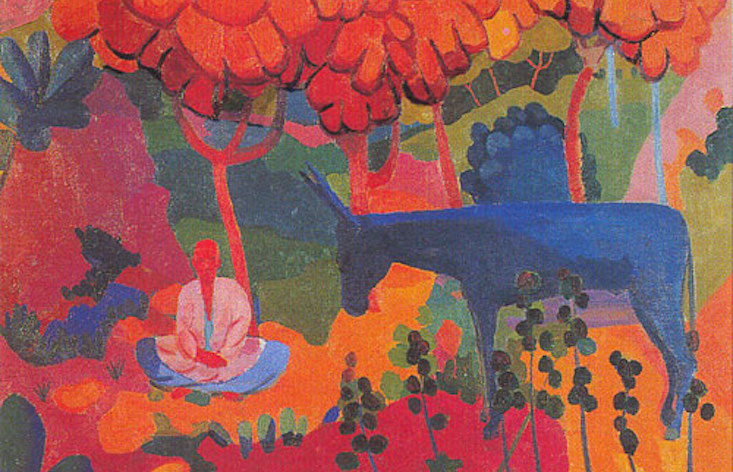Uncertain future for Uzbekistan’s avant-garde gallery as key backer reported ready to disband

One of the greatest art museums in Central Asia could see its funding slashed after reports that the independent charity supporting the collection will disband at the end of this year.
The Friends of Nukus Museum is expected to cease work at the end of 2018, the charity’s chairperson David Pearce told AFP. Founded as an informal group in Tashkent back in the 1990s, the organisation has since raised thousands of dollars for the gallery, which houses the world’s second largest collection of Soviet avant-garde art in the remote Uzbek region of Karakalpakstan. The foundation officially registered in the Netherlands in 2007, and says its work includes “liaising with potential donors and other museums about possible exhibitions abroad, financing practical activities such as restoration [and] the training of Museum staff.”
Pearce told AFP that the move was the result of an ongoing row over the alleged “disappearance” of equipment donated by the charity in 2015. The museum refused AFP’s request for comment on the claims.
The Nukus Museum of Art, which is also known as the Karakalpak State Art Museum, houses around 90,000 artworks, including rare examples of Karakalpak folk art.
Opened in 1966, the museum was founded by Russian painter and collector Igor Savitsky, who collected Central Asian and Russian art that had been banned in the Soviet Union during the Stalin era and through the 1960s, finding a safe refuge for the art in the gallery’s remote location.